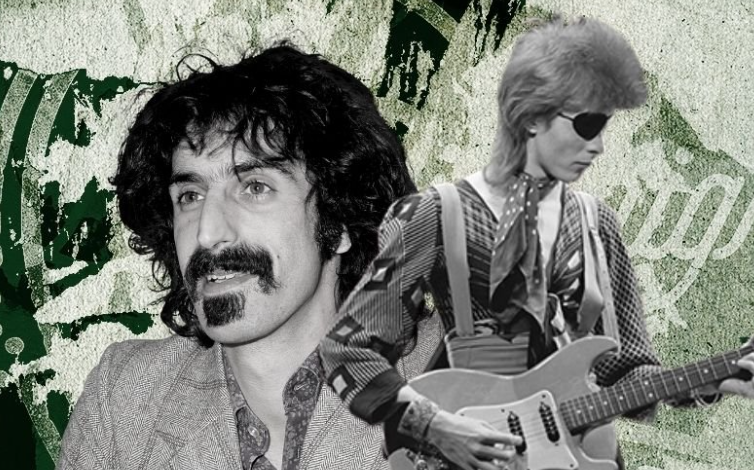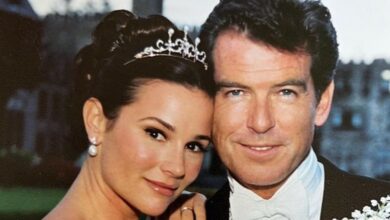How Frank Zappa influenced the finest guitar solo in David Bowie’s back catalogue

The track begins with the greatest opening rock lyric of all time: “I’m an alligator,” David Bowie cries out like a Buddhist breaking a long-held vow of silence because the epiphany of how to make this world a more ethereal realm of liberation has finally whacked him on the head, and it involves rock ‘n’ roll. “I’m a mama-papa comin’ for you!” he goes on to decree in an outstretched hand to a million youngsters whose craniums were spinning with a sense of wonder at this androgynous space freak seemingly heralding the future.
Only Bowie would have the daring bravura to begin a song with a line that hits like an unexpected kiss. It’s as rousing as they come, and it is set ‘Moonage Daydream’ apart with a sense of absolute originality. It’s a fittingly bombastic intro into the universe of Ziggy Stardust, but no matter how singular it may seem, it has a fair smattering of William S. Burroughs in the mix.
The same can be said for Frank Zappa’s freakish individualism. He might seem like a one-off on the surface, and indeed he was in a way, but the reason he was so singular was because of how he liberally littered his output with the swirling welter of influence and inspiration that came before him.
Like Michelin Star chefs, Bowie and Zappa didn’t have to keep their recipes secret, thusly they welcomed you into the world of their wild influences knowing full well you couldn’t take the same mix and make it up at home. After all, who has come remotely close to being like either of them since the moment they arrived?
Thus, it is perhaps no surprise that Bowie had a keen eye on Zappa’s workings, particularly when it came to guitar solos. “Freak out… far out…” is the epithet that Bowie uses to tee up the solo, and they are also four words that could be used to define the entirety of Zappa’s back catalogue.
When discussing Mick Ronson’s work on ‘Moonage Daydream’ Bowie declared: “A perfect foil and collaborator, Mick’s raw, passionate Jeff Beck-style guitar was perfect for Ziggy and the Spiders. It had such integrity. You believed every note had been wrenched from his soul.” The soul-wrenching came with a fair bit of head-scratching too as Ronson tried to figure out exactly what Bowie was after from him.
Thus, Bowie turned to a Zappa technique to help make sure the musical contours of the guitar solos aligned with his musical kaleidoscope. “I would also literally draw out on paper with a crayon or felt tip pen the shape of a solo. The one in ‘Moonage Daydream,’ for instance, started as a flat line that became a fat megaphone type shape, and ended as sprays of disassociated and broken lines.”
Explaining in the liner notes of the 30th anniversary double CD, Bowie continues: “I’d read somewhere that Frank Zappa used a series of drawn symbols to explain to his musicians how he wanted the shape of a composition to sound. Mick could take something like that and actually bloody play it, bring it to life.”
With that shorthand technique, Bowie managed to convey something that Zappa was so adept at with his own musicians—he managed to create a sound that defied the musicological complexity behind it as though the notes were being pulled out of the ether by a sonic magnet.
Ronson’s solo is an electric jolt delivered with the ease of bird song—and it’s just about one of the most magical moments of freewheeling guitar ever composed. Free from any ‘look what I can do’ egotism, it triumphs with a pure blast of exultation that sent a generation far out, indeed.





